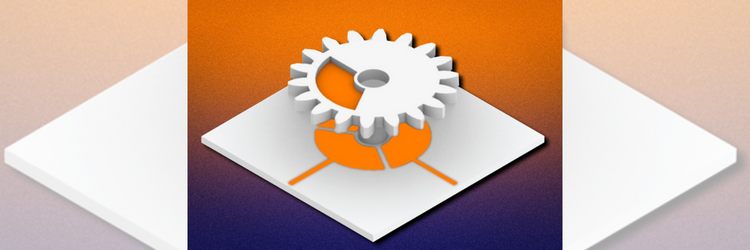3D-printed Revolving Devices Sense Their Own Movement
Integrating sensors into rotational mechanisms could enable engineers to build smart hinges that know when a door opens or gears inside a motor that lets a mechanic know their rotation speed. MIT engineers developed a way to integrate sensors into these mechanisms with 3D printing.
Integrating sensors into the designs is complicated. Sensors are typically embedded manually after device production. Now, MIT researchers developed a system that enables the printing of 3D sensors directly into a mechanism’s moving parts using conductive 3D printing filament. Devices can then sense angular position, rotation speed, and direction of rotation. Called MechSense, makers manufacture rotational mechanisms with integrated sensors in one pass using a multi-material 3D printer. The printers use several materials simultaneously to fabricate a device, /researchers built a plug-in for the computer-aided design software SolidWorks that automatically integrates sensors into a model of the mechanism, which is sent directly to the 3D printer for fabrication.
MechSense could enable rapid prototype of devices with rotating parts, including turbines and motors, incorporating sensing directly into the designs. Researchers leveraged capacitive sensing to integrate the sensors.
A capacitor has two plates of conductive material with an insulating material sandwiched between them. If the overlapping area or distance between the conductive plates is changed, a capacitive sensor can detect resulting changes in the electric field between the plates.
The MechSense sensor includes three patches made from a conductive material that is printed into the stationary plate, with each patch separated from its neighbors by nonconductive material. A fourth patch of conductive material with the same area as the other three patches is printed into the rotating plate.
The researchers used their system to prototype several devices, including a smart desk lamp that changes the color and brightness of its light depending on how the user rotates the bottom or middle of the lamp and a planetary gearbox, like those used in robotic arms, and a wheel that measures distance as it rolls across a surface.

